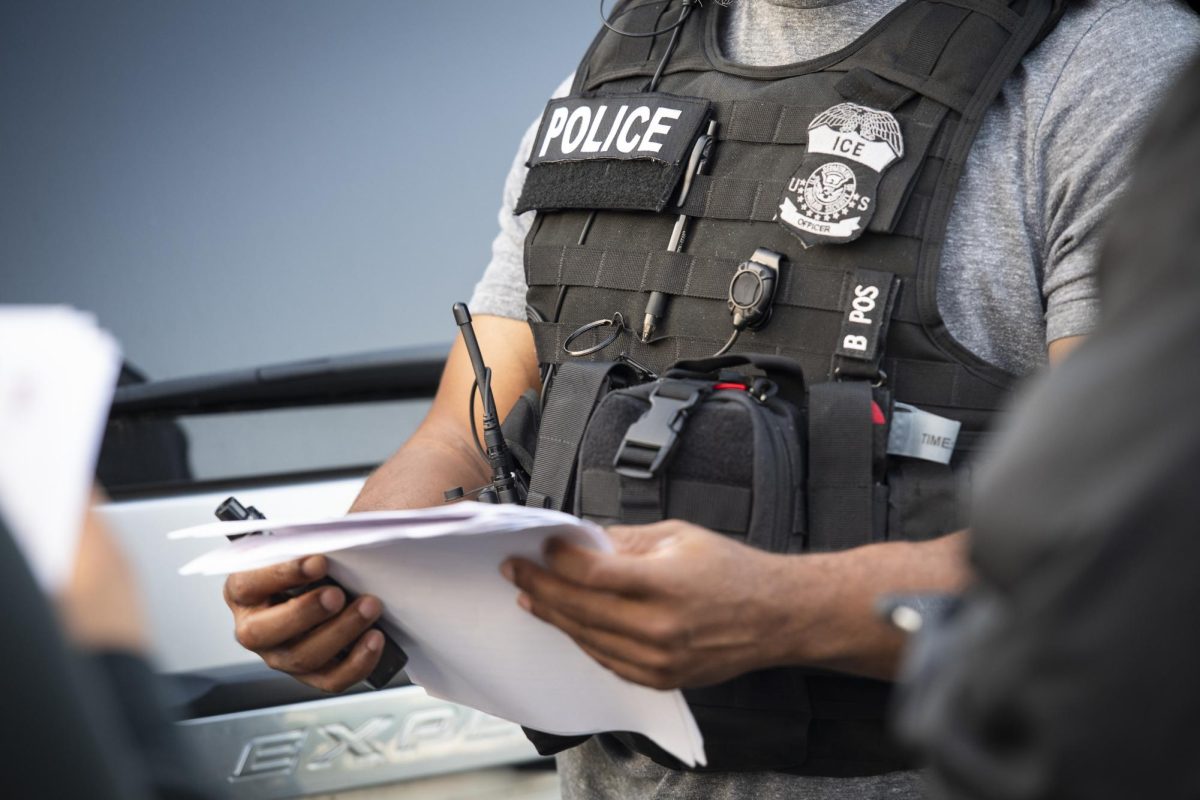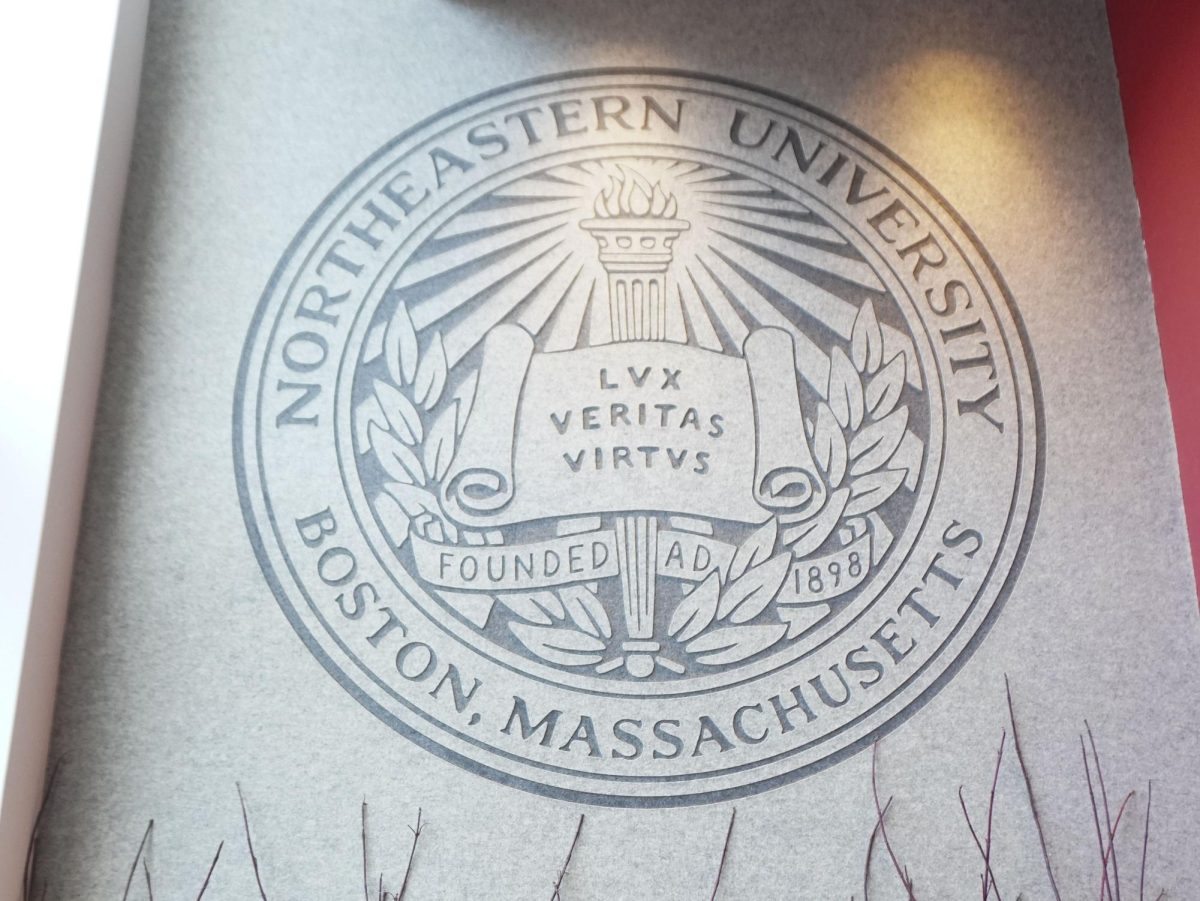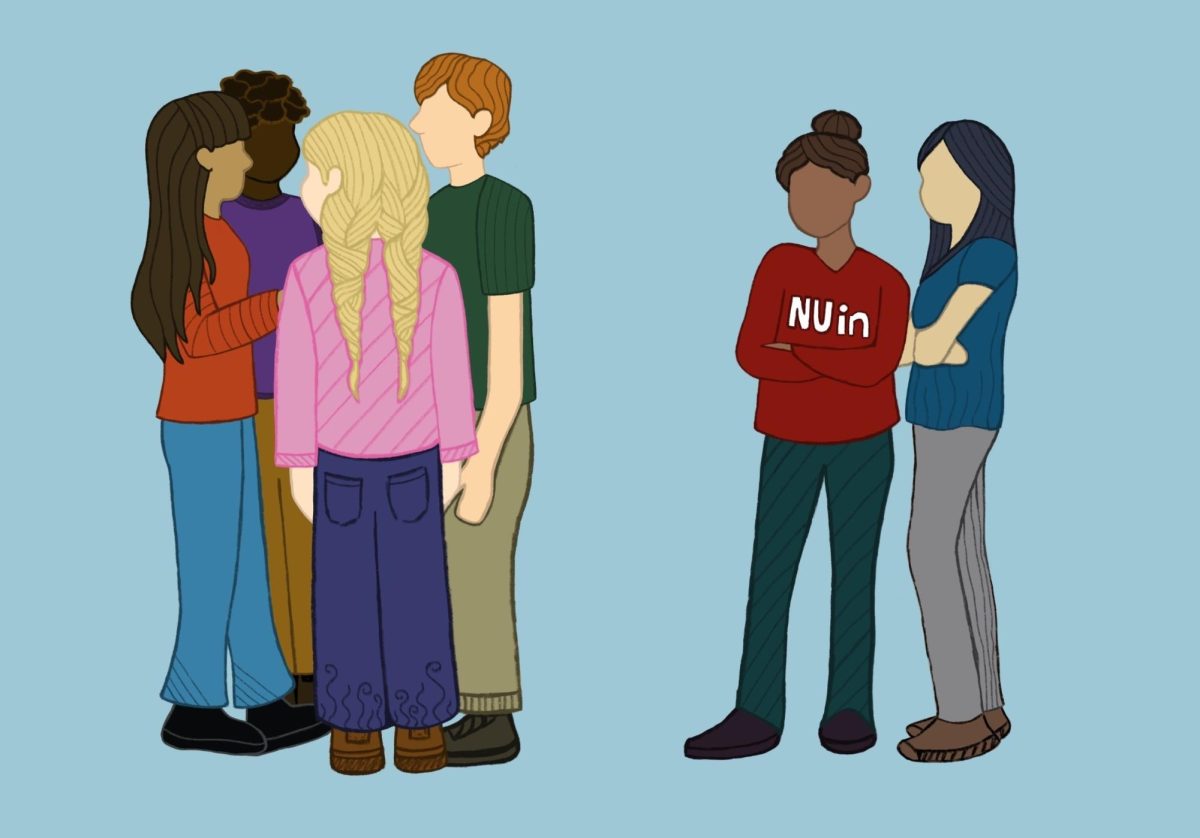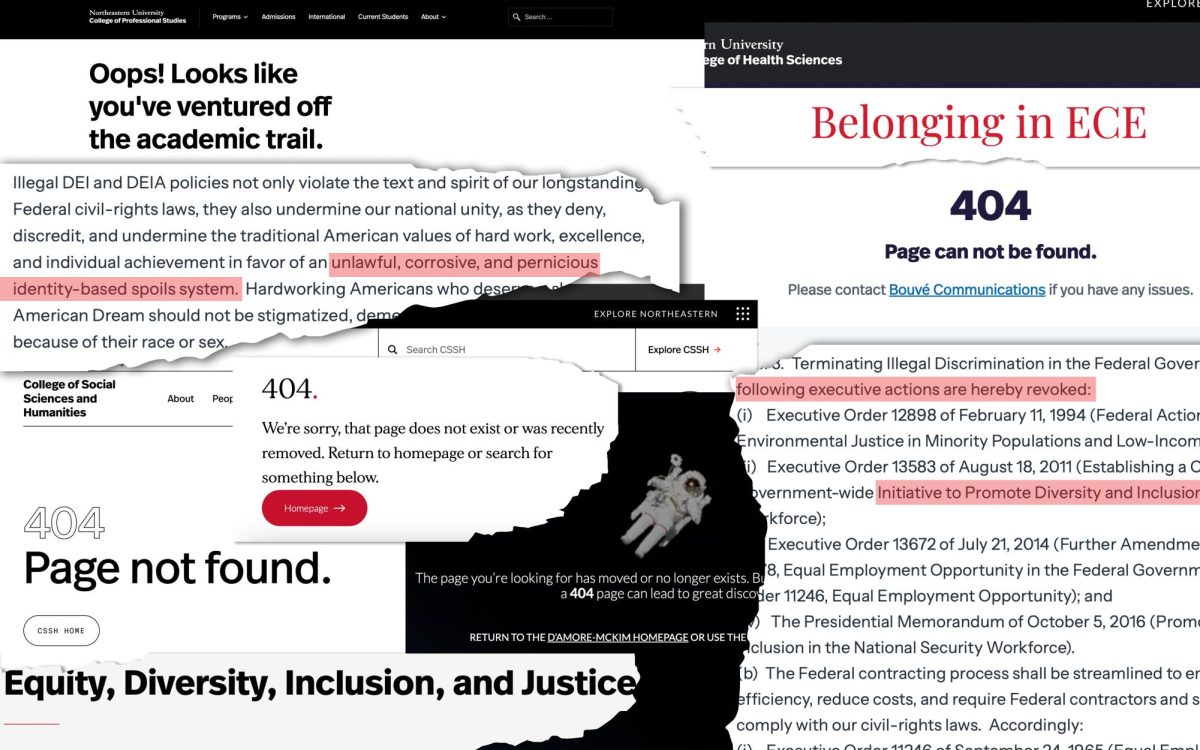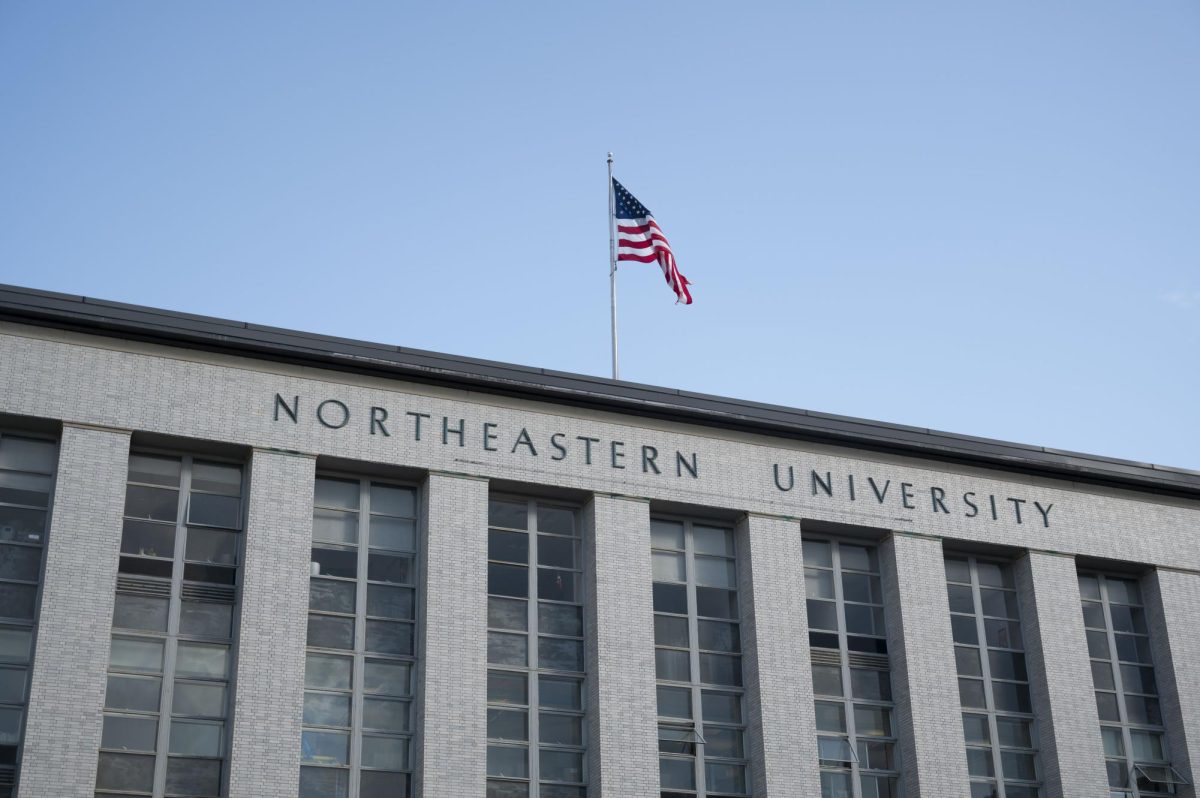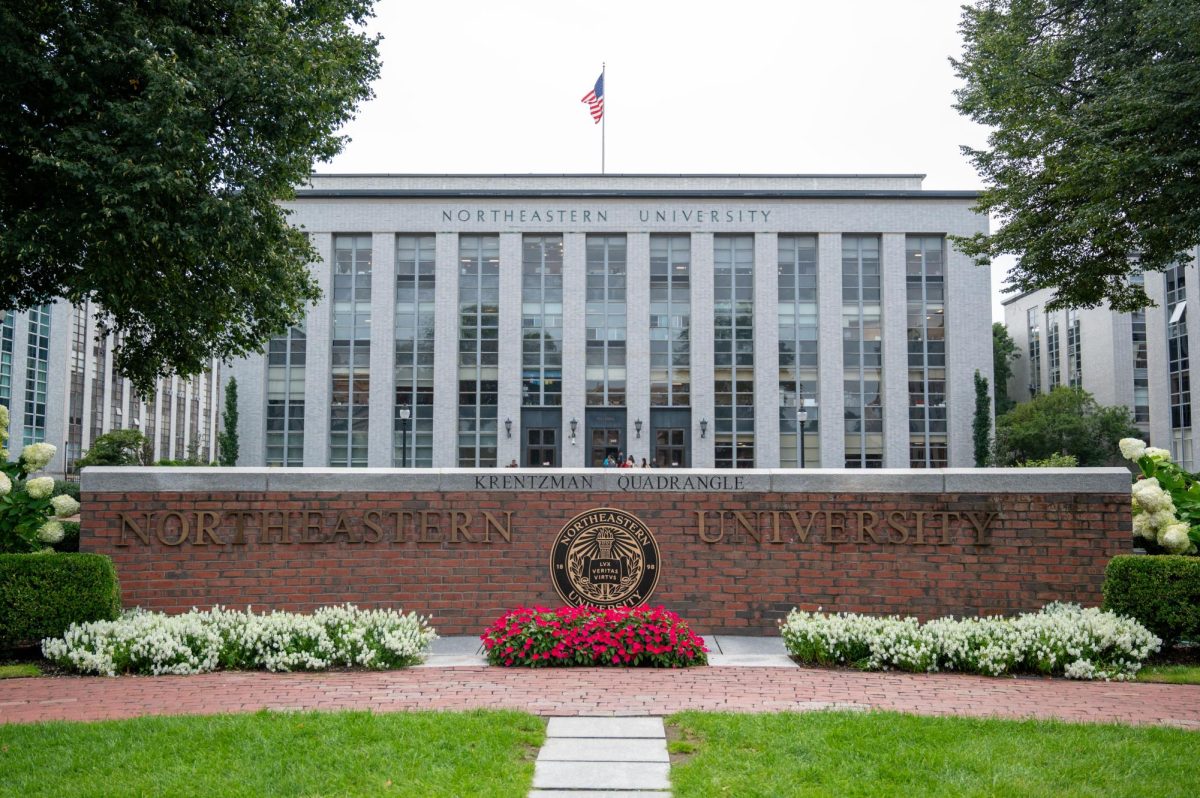Thanks to Perez Hilton, the blogosphere is buzzing about a course taught at the University of Michigan, called “How to Be Gay: Male Homosexuality and Initiation.” Though the recent attention to the class is dated, (it’s actually been offered since the fall of 2000) it adds fuel to an issue that has been at the forefront of the public consciousness for years.
After perusing the online course description, which starts with “just because you happen to be a gay man doesn’t mean that you don’t have to learn how to become one,” and mentions tidbits like “diva worship” and “drag.” It’s designed to examine gay identity and its history.
While it’s an interesting concept and clearly well-researched, it also raises a problem. By acting under the presumption that all gay men are alike, we’re giving weight to the stereotypes that confine them.
Now of course, gays are not the only demographic constricted by a perceived set of characteristics or traits. Stereotypes affect everybody and it’s a way of thinking that crosses racial, ethnic and class lines. It’s human nature to want to fit people into nice, neat boxes. That way, you don’t ever have to really get to know other people.
As a culture, we’re nurtured into looking at homosexuality through a lens that includes “Queer Eye for the Straight Guy” and a nameless Republican outed during any given week on Capitol Hill. (I’m looking at you, Larry Craig.) We’re conditioned to think that human sexuality is a role that defines us. Unfortunately, that same thinking restricts us from being open-minded and forming opinions of our own based not on the data or evidentiary findings, but on the person.
The fight for gay rights is likely to be a focal point in the upcoming presidential election. The candidates have varying stances on the issue, with some more vocally supportive than others. But by highlighting people’s differences, when we should be pointing to our similarities, we’re in danger of slowing the process of achieving those same rights.
NUBiLAGA, Northeastern’s gay rights advocacy group, is a great resource for students and it’s role on campus is an important one. Their programming is varied, but unfortunately the events that get the most press are its drag shows. This isn’t a judgment call, but it doesn’t allow the rest of the campus community to see homosexuals any differently. It’s simply pushing the pigeonholes that we should forcefully try to resist.
But of course, a lot of progress has been made. Just look at the numbers. According to the Pew Research Center for the People and the Press, in a poll conducted in 2006, 28 percent of the public is “strongly opposed” to gay marriage, down from 42 percent in 2004. Best of all, the decline has been most distinctive among groups that may have been once thought of as the hardest to convince: seniors, Republicans and moderate religious groups.
Some 51 percent of Americans still oppose legalizing gay marriage. That number may seem high, but it’s much rosier than the 63 percent of Americans who said the same thing in 2004. What should come as no surprise is that young people are the demographic that is most supportive of gay rights. And it’s a demographic that continues to grow.
We live on a liberal campus, in a liberal city in one of the most liberal parts of the country. We live and work and play with people of all stripes and backgrounds, and as a country, we’re among the most diverse in the world.
But things still need to change. The fact of the matter is that there are plenty of gay people out there who don’t adhere to the boundaries set before them. While yes, some do allow themselves to let their sexuality define them, so many others don’t. According to the National Survey of Family Growth, there are 30 million gay Americans; don’t let a small part of that group speak for everyone.
As they say, we still have a long way to go. It’s unlikely that attention on certain TV shows will decline, or that coverage of NUBiLAGA programming will change.
What a drag.
– Jeff Miranda can be reached at [email protected].



